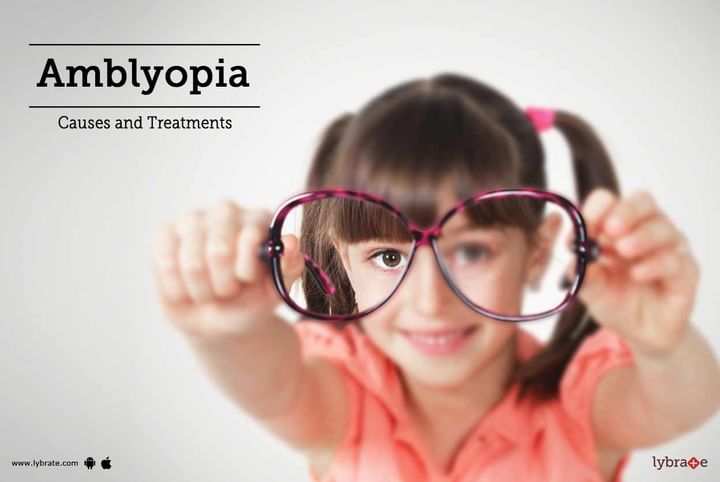Amblyopia - Causes and Treatments
Lazy eye or amblyopia is a childhood disorder wherein the child’s vision does not develop properly, especially in one of the eyes. If the condition is not treated at the very onset, it can lead to impaired vision in the concerned eye. As the child grows up, the brain will fail to pick up images from that eye.
Causes:
This disorder is known to start when one eye has better vision than the other eye. An example would be if one of the eyes is affected by farsightedness (unable to see objects at a closer range) and the other is normal. In the case of a child, when the brain receives images from both the eyes, it will ignore the faulty eye’s image. When this situation repeats itself over months or years, it might lead to absolute deterioration of vision in the faulty eye.
Strabismus is another cause of amblyopia wherein there is a significant misalignment in the eye; one of the eyes may turn outward or inward. This does not allow the eye to focus properly on an object, thus leading to double vision. The brain again ignores the image from the faulty eye that causes vision deterioration in that eye.
Treatment:
The treatment begins by correcting problems in the affected eye and then putting a patch on the normal eye. Initially, the child may have difficulties adjusting to this new method, but bear in mind that it is absolutely necessary to wear the patch. The entire treatment process may range over a few weeks to even months. Regular visit to the doctor is of utmost importance.
In mild cases, an eye drop called ‘atropine’ may be prescribed for the good eye. The child may also require glasses to improve focus. In case of cataracts, a surgery might be needed to treat it.
The treatment should begin early, as it can get difficult to treat the condition once the child crosses his/her 7-8 year mark.



+1.svg)
